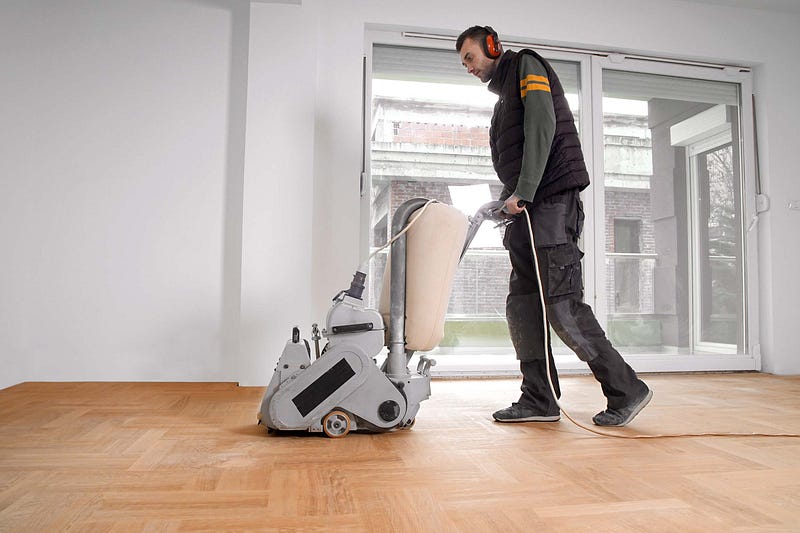Floor Sanding Restoring the Beauty Beneath Your Feet

Floor sanding is the process of removing the top surfaces of a wooden floor by sanding it with abrasive materials. It is a vital step in restoring old or worn-out timber floors and breathing new life into a space. Whether you’re renovating a heritage home, upgrading a modern apartment, or maintaining a commercial space, floor sanding delivers a smooth, fresh foundation that transforms interiors instantly.
What Is Floor Sanding?
Floor sanding involves three main stages: preparation, sanding, and finishing. During the preparation phase, nails are punched down, floorboards are inspected for damage, and the area is cleared of debris. Sanding is then carried out with progressively finer grits of sandpaper to level the floor and remove surface imperfections. Finally, the floor is finished with a sealant, lacquer, oil, or stain, depending on the desired look and durability needs.
This process removes scratches, dents, old finishes, and stains, revealing the natural grain and character of the wood underneath.
Why Sand Your Floors?
Wooden floors are a long-term investment, but over time, they can show signs of wear — fading, scuffing, or dullness. Floor sanding rejuvenates these surfaces by:
Enhancing Appearance: Sanded and polished floors look cleaner, brighter, and more contemporary.
Increasing Property Value: Well-maintained floors boost the aesthetic and monetary value of a home.
Extending Floor Life: Sanding removes damaged layers and prepares the surface for protective coatings, prolonging its lifespan.
Improving Indoor Health: Removing old finishes and dust buildup creates a cleaner, more allergy-friendly environment.
DIY vs. Professional Floor Sanding
While it’s possible to hire a floor sander and attempt the process yourself, the job is time-consuming and can be risky if done incorrectly. DIY efforts often lead to uneven surfaces, swirl marks, or damage to floorboards.
Professional floor sanding services bring expertise, precision, and commercial-grade equipment. Experts know how to handle various wood types, ensure minimal dust, and apply finishes evenly for a flawless result. For large areas or premium hardwood floors, hiring a professional is often the safer and more efficient choice.
Choosing the Right Finish
After sanding, choosing the right finish is key. Popular options include:
Polyurethane: Durable and glossy; ideal for high-traffic areas.
Oil-based finishes: Offer a natural, warm glow but require more maintenance.
Water-based finishes: Low odor, eco-friendly, and quick-drying.
Stains: Add color to match your décor or highlight wood grain patterns.
Each finish brings a unique aesthetic and functional benefit, depending on your preferences and lifestyle needs.
Conclusion: A Smart Step Toward Better Flooring
Floor sanding doha is more than just a cosmetic upgrade — it’s a smart, sustainable way to restore the original beauty and function of your wooden floors. Whether you’re aiming for a rustic charm or a sleek, modern vibe, sanding and refinishing can completely elevate the look of your space. With the right tools, techniques, and finishes, your floors can shine like new for years to come.
Comments
Post a Comment